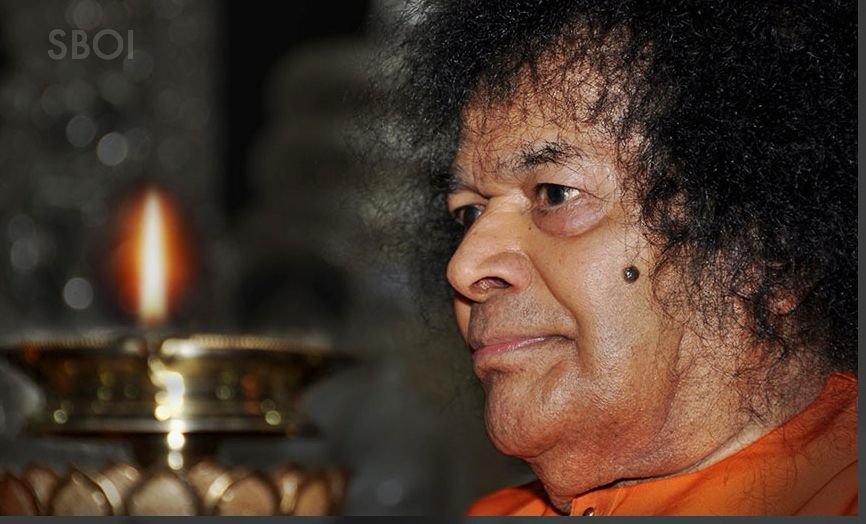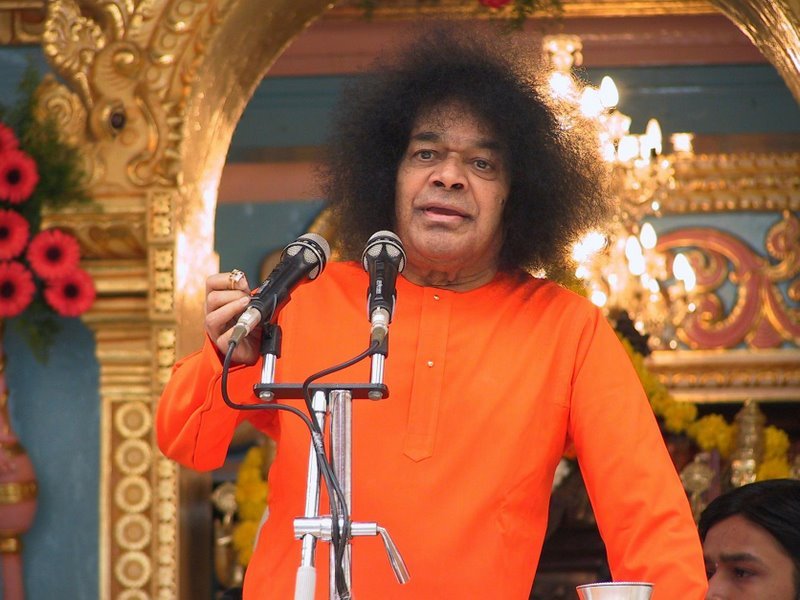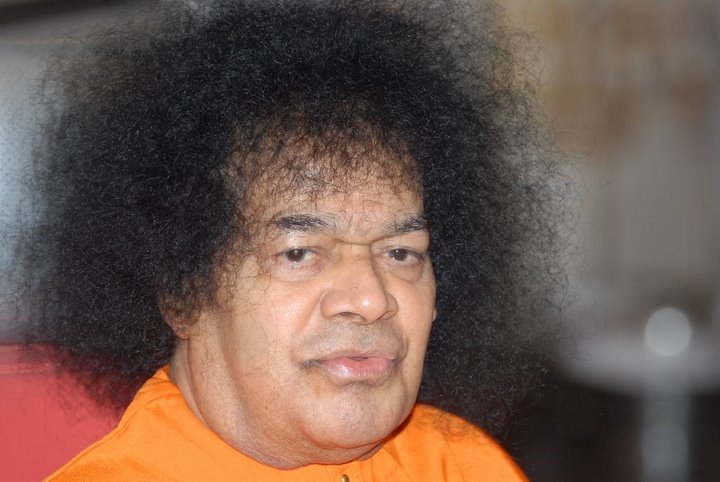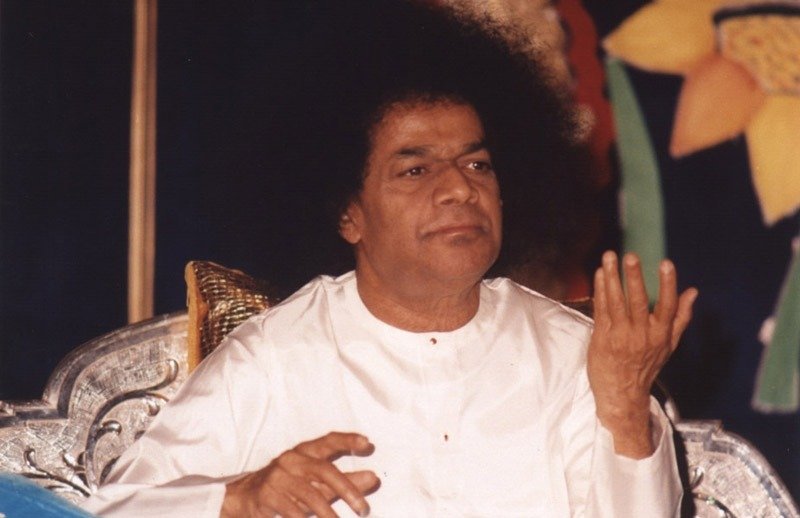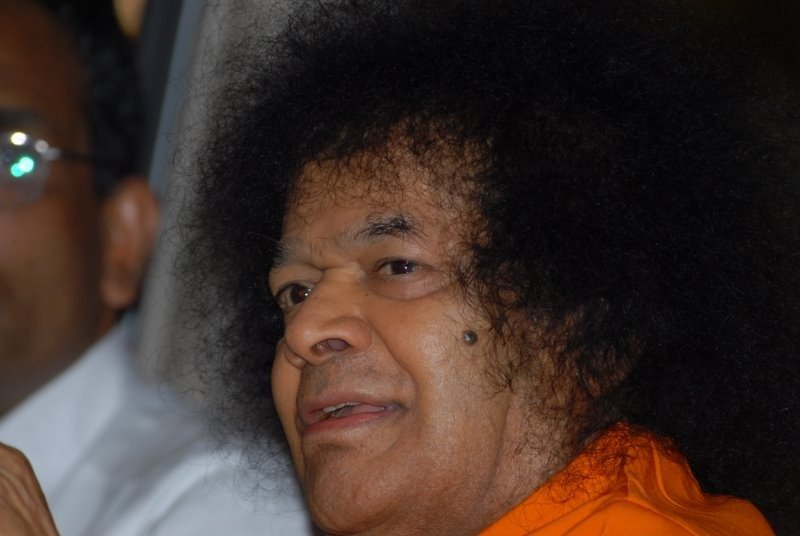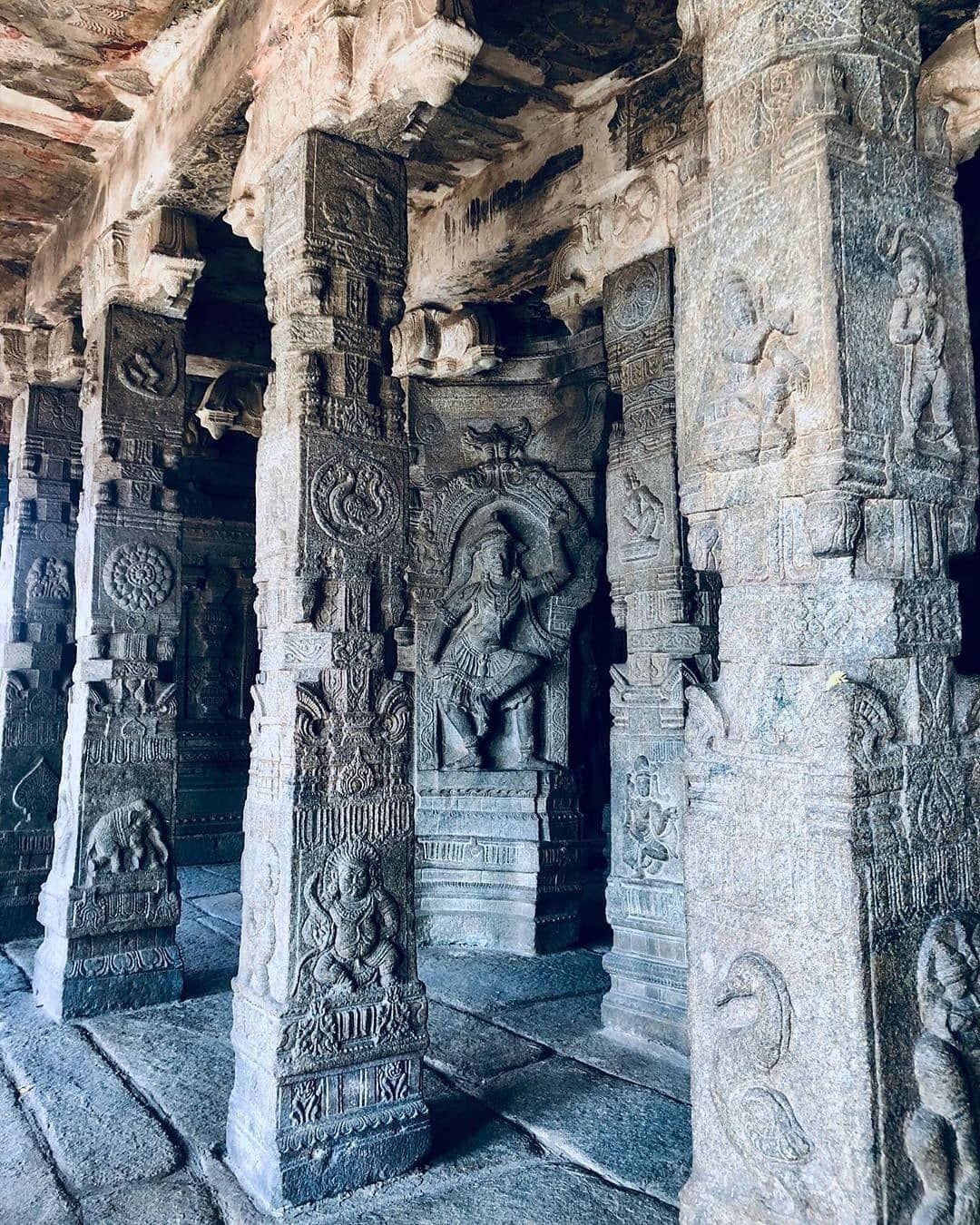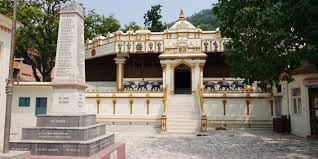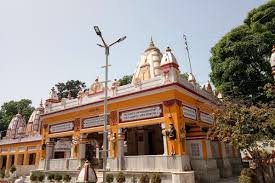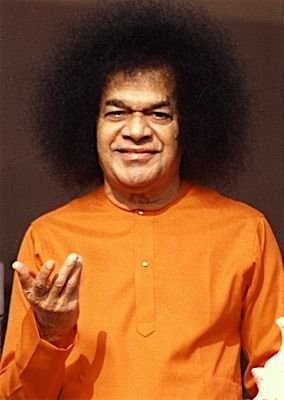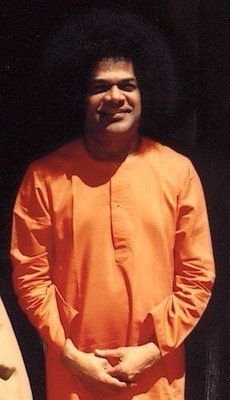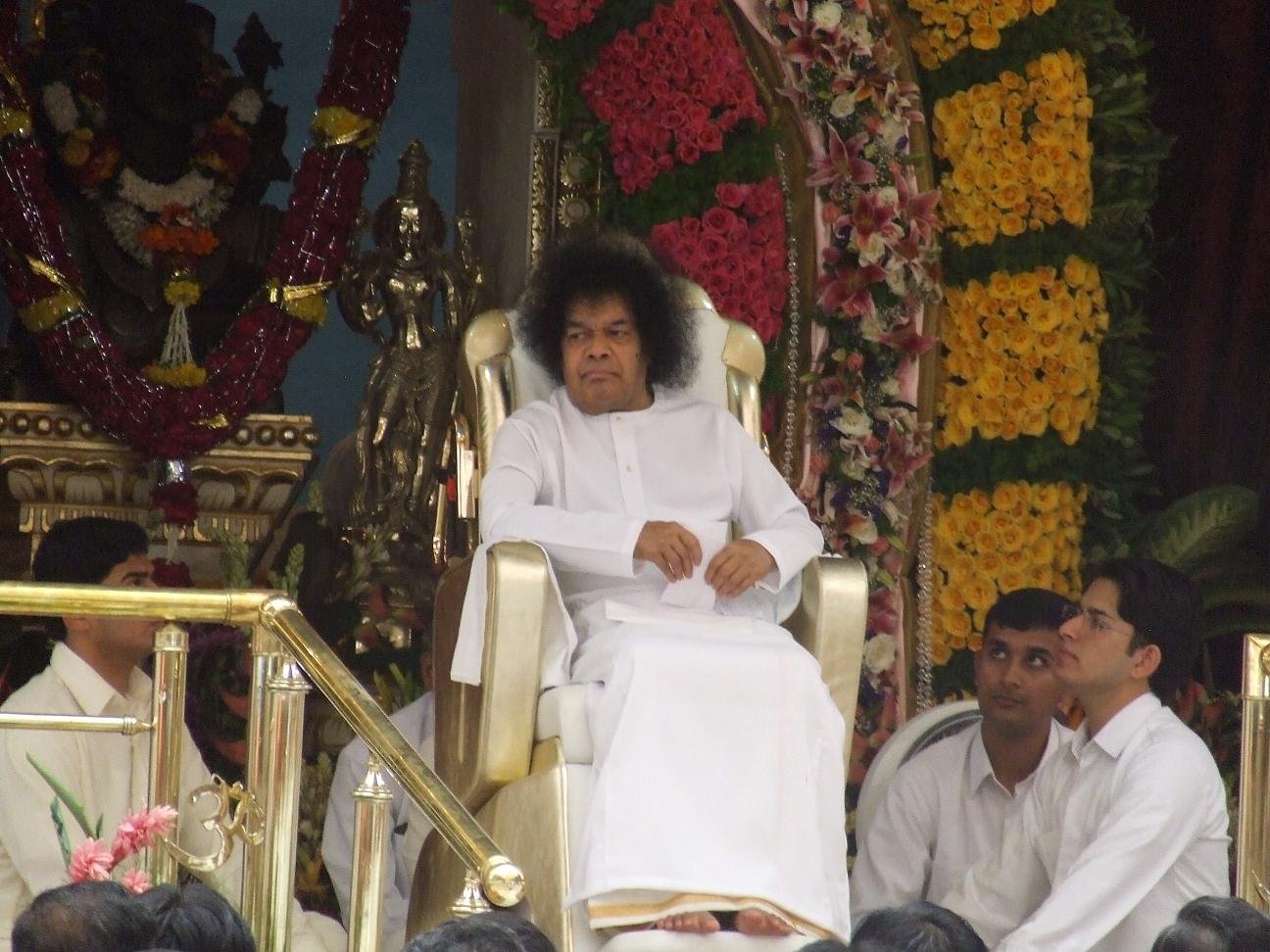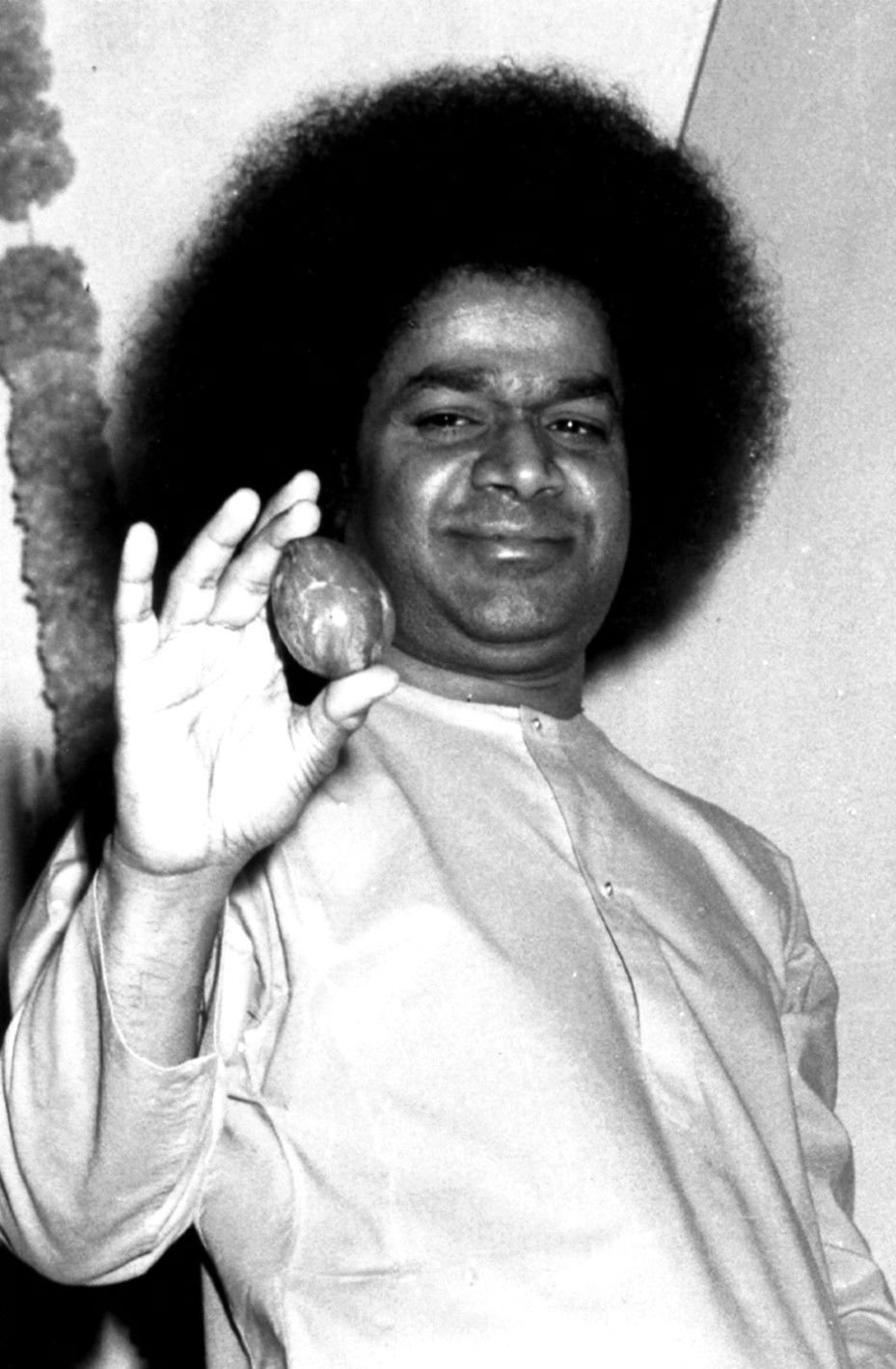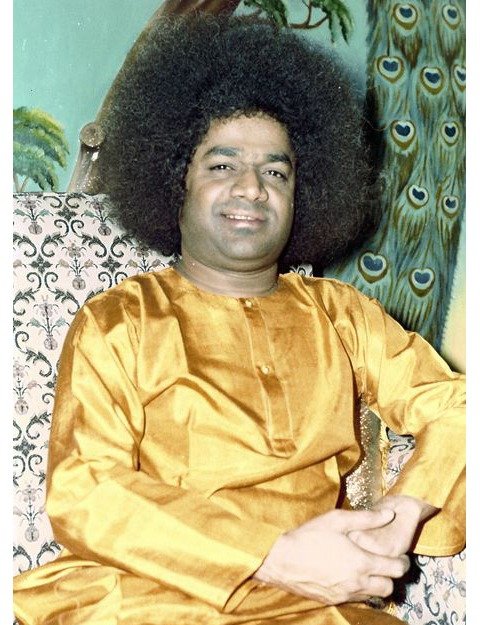Dilwara temples
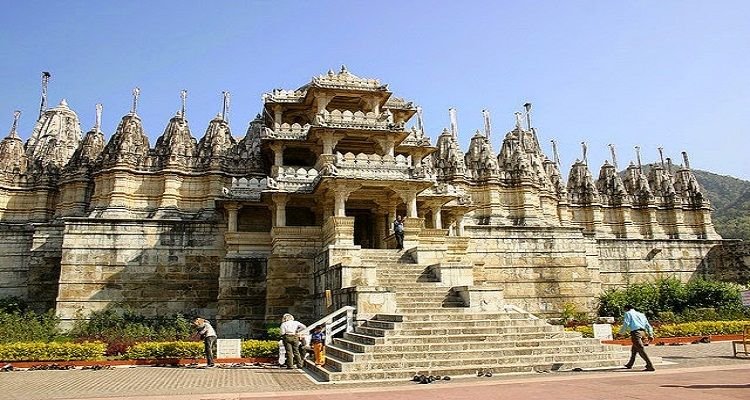
🏛️ Dilwara Temples, Mount Abu, Rajasthan
Two-Line Description:
The Dilwara Temples are a group of exquisite Jain temples near Mount Abu, renowned for their intricate marble carvings and architectural brilliance.
They are considered one of the most beautiful examples of Jain art and devotion in India.
Slogan:
“Where Marble Speaks the Language of Devotion!”
🕉️ Mythological Significance & History
The Dilwara Temples were built between the 11th and 13th centuries by Vimal Shah, Vastupal, and Tejpal, important Jain ministers and patrons. Dedicated primarily to Lord Adinath (Rishabhanatha), Lord Neminath, and other Tirthankaras, these temples were constructed to inspire devotion, meditation, and spiritual reflection among Jain followers. Legend says the temples were built in a way that their marble walls, ceilings, and pillars reflect light in a divine manner, creating a serene, almost ethereal ambiance for devotees.
The temples not only serve as places of worship but also as centers of learning and culture. Over centuries, they have been meticulously preserved, continuing to attract pilgrims and art enthusiasts alike. The Dilwara complex reflects the Jain principle of Ahimsa (non-violence) through its peaceful ambiance and devotion-focused architecture.
🏛️ Significance of the Temples
The Dilwara Temples are spiritual, architectural, and cultural landmarks. They are considered a pilgrimage site for Jains, where devotees come to meditate, offer prayers, and seek blessings. Each temple within the complex is dedicated to a specific Tirthankara, symbolizing spiritual purity, knowledge, and liberation. The intricate carvings, pillars, domes, and ceilings narrate stories from Jain texts, illustrating teachings of compassion, self-discipline, and devotion.
🏗️ Architecture
The temples are built entirely of white marble, polished to perfection. The artistry includes:
- Intricate Pillars and Ceilings: Each temple has elaborately carved pillars and domed ceilings, showcasing floral patterns, geometric designs, and mythological motifs.
- Vimal Vasahi Temple: Dedicated to Lord Adinath, it is the oldest and most famous temple in the complex.
- Luna Vasahi Temple: Dedicated to Lord Neminath, known for its delicate marble carvings and sculpted elephants.
- Other Temples: Include Pittalhar, Parshvanath, and Mahavir temples, each with unique carvings and iconography.
The carvings are so detailed that even pillars, ceilings, and doorways appear to have been sculpted from a single block of marble, demonstrating the unmatched skill of the artisans.
🚗 How to Reach
- By Air: The nearest airport is Udaipur Airport (~165 km).
- By Train: Abu Road Railway Station (~28 km) is the closest railhead.
- By Road: Mount Abu is well connected by road from Udaipur, Jaipur, Ahmedabad, and other major cities in Rajasthan and Gujarat. Local taxis and buses are available to reach the temples.
⏰ Temple Timings
- Morning: 6:00 AM – 12:00 PM
- Evening: 3:30 PM – 6:30 PM
- Open daily, except on certain Jain festival days where timings may vary.
🌟 Why Visit Dilwara Temples?
The Dilwara Temples are a perfect blend of devotion, artistry, and architectural brilliance. Visitors can:
- Marvel at the intricate marble carvings and detailed iconography.
- Experience spiritual tranquility in a serene, meditative environment.
- Learn about Jain culture, philosophy, and history through temple inscriptions and artwork.
- Explore Mount Abu, Rajasthan’s only hill station, which offers a scenic backdrop to these temples.
These temples remain an unparalleled example of Indian craftsmanship and spiritual devotion, making them a must-visit for devotees, travelers, historians, and art lovers alike.
The Dilwara Temples, situated near Mount Abu in Rajasthan, are among the most magnificent examples of Jain architecture and artistry in India. Built between the 11th and 13th centuries by revered Jain ministers such as Vimal Shah, Vastupal, and Tejpal, these temples are dedicated to various Tirthankaras, including Lord Adinath and Lord Neminath. The temples were constructed not only as places of worship but also as expressions of devotion, culture, and the artistic excellence of the Vijayanagara period. They hold immense spiritual significance for Jain devotees, offering a sacred space for meditation, prayer, and introspection.
The temples are renowned for their intricate marble carvings, which adorn every wall, ceiling, and pillar. The Vimal Vasahi Temple, dedicated to Lord Adinath, is especially famous for its delicately carved ceilings and ornate pillars, while the Luna Vasahi Temple, dedicated to Lord Neminath, features sculpted elephants and finely detailed geometric patterns. The carvings display mythological stories, floral motifs, and symbols of Jain philosophy, demonstrating the extraordinary skill and devotion of the artisans who worked on them.
The architectural design of the Dilwara Temples is both aesthetically stunning and spiritually inspiring. The temples are entirely made of polished white marble, which reflects natural light to create a serene and ethereal ambiance. Each temple has a meticulously planned layout, including mandapas, sanctums, and intricately sculpted domes, allowing devotees and visitors to experience a sense of divine tranquility while admiring the artistic grandeur. The delicate balance between art and devotion makes these temples a unique example of Indian craftsmanship.
Nestled amidst the scenic hills of Mount Abu, the Dilwara Temples offer visitors a peaceful retreat from the bustle of everyday life. Accessible by road, rail via Abu Road Railway Station, and air through Udaipur Airport, the temples attract pilgrims, tourists, historians, and art lovers from across the world. Visiting the Dilwara Temples is not only a spiritual journey but also a chance to witness centuries of marble artistry, cultural heritage, and timeless devotion, making them a must-see destination in Rajasthan.



